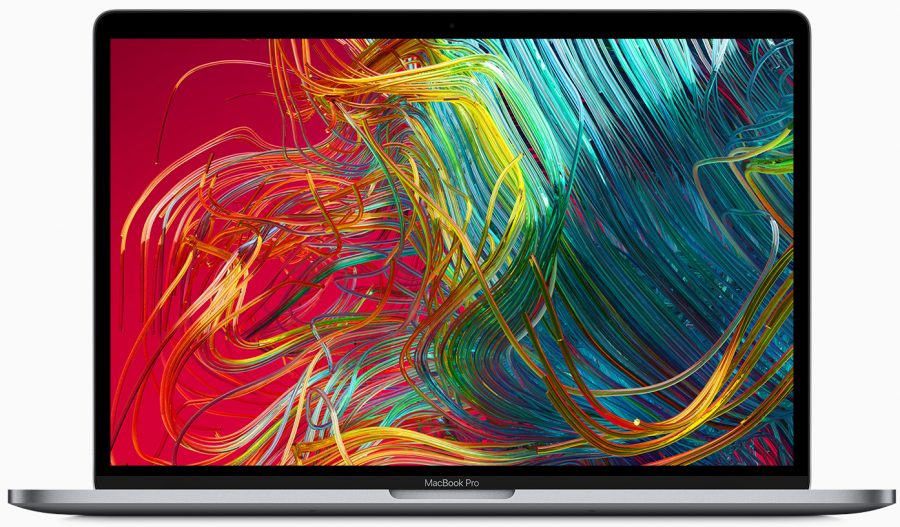
Photo by Apple
Apple Starts MacBook Pro Repair Program to Address “Flexgate”
Apple is on something of an apology tour in the lead-up to WWDC, first expanding the repair program for butterfly keyboards (see “Apple Updates MacBook Pros with 8-core Processors and a Keyboard Fix(?),” 21 May 2019), and now launching a repair program for 13-inch MacBook Pro models from 2016 to address backlight issues that the media has dubbed “Flexgate.”
Apple’s support article specifies the following symptoms:
- Display backlight continuously or intermittently shows vertical bright areas along the entire bottom of the screen
- Display backlight stops working completely
All 13-inch MacBook Pros from the 2016 model year are eligible for a free repair from Apple if they’re exhibiting one or both of those symptoms. That includes both Touch-Bar-equipped models with four Thunderbolt 3 ports and non-Touch-Bar-equipped models with two Thunderbolt 3 ports.
The problem is caused by a design flaw, documented by iFixit and renegade Mac repairman Louis Rossman. The flaw comes from display or “flex” cables that are both too short and too fragile. To make matters worse, the cable is built into the display, making repairs expensive. Worst of all, both iFIxit and Rossman say the failure is inevitable. No matter how gingerly you treat your MacBook Pro, the cable will eventually fail. Apple silently addressed the problem in the 2018 models with a longer flex cable.
If you have a 2016 13-inch MacBook Pro with one of these display problems, you can find an Apple Authorized Service Provider, make an appointment at an Apple Retail Store, or contact Apple Support to arrange mail-in service via the Apple Repair Center.
Before you give any device to Apple for repair, make sure to back up your data first, since the repair may involve replacing storage. For a Mac, we recommend making both a bootable duplicate and a Time Machine backup.
Well, hopefully they extend the repair program to the 2017 models like mine, too, since they apparently didn’t fix it until 2018 (if that fix is even enough).
There’s now a class-action lawsuit about this issue. With luck, that will prompt more action from Apple.